Hi @erik ,
Thanks, I just tried it out. I can lower the FPS and increase the exposure. See the following results:
This is the scene at daylight. Left is the Sionyx, right is the 462 (unfortunately behind a grid).

At night, I get the following (only 462 in the following images (isp and preview)):
With 33ms exposure and 100 ISO, I don't get anything.
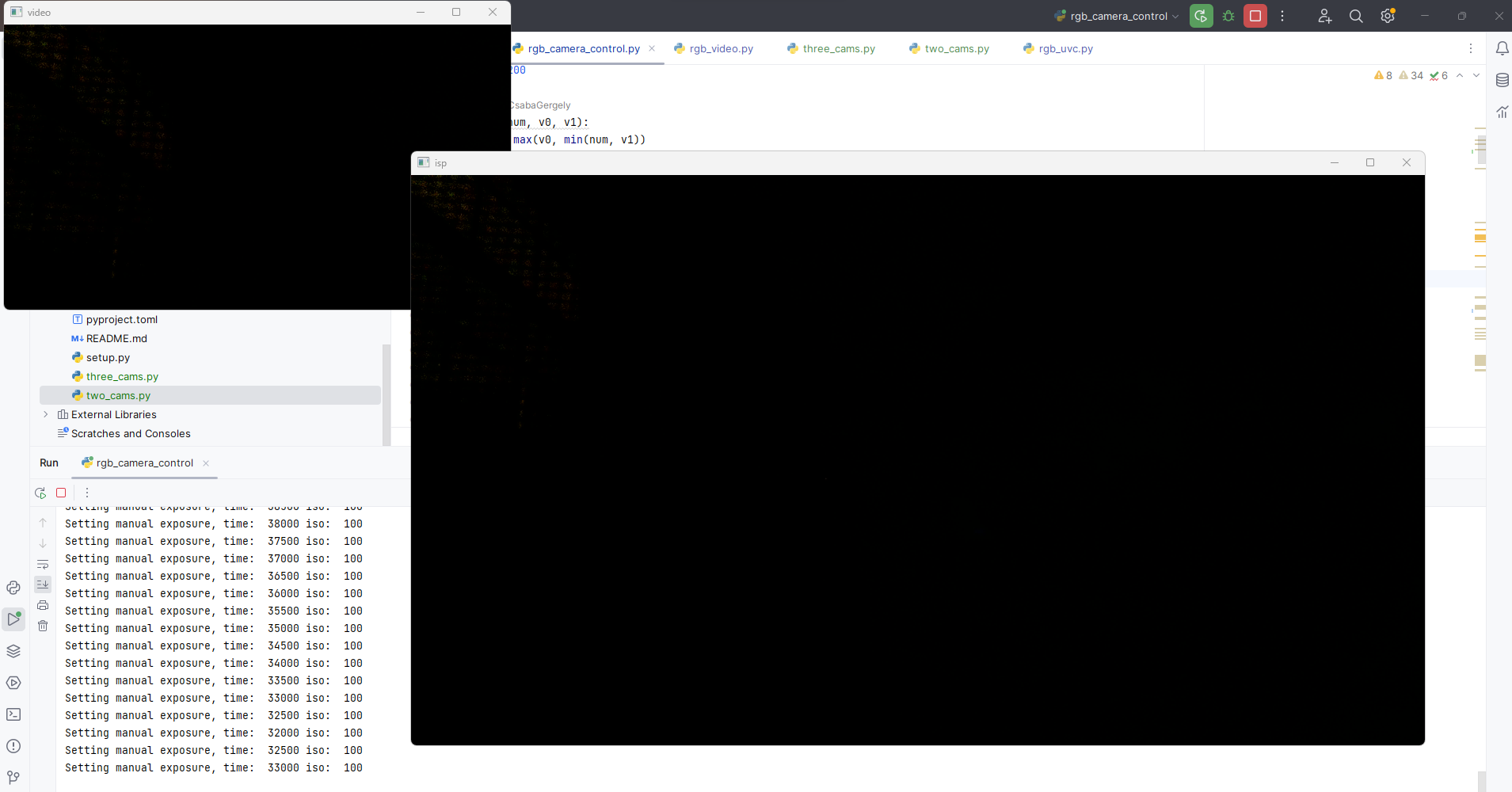
I do get a better performance with exposure ~100ms and ISO 1600.
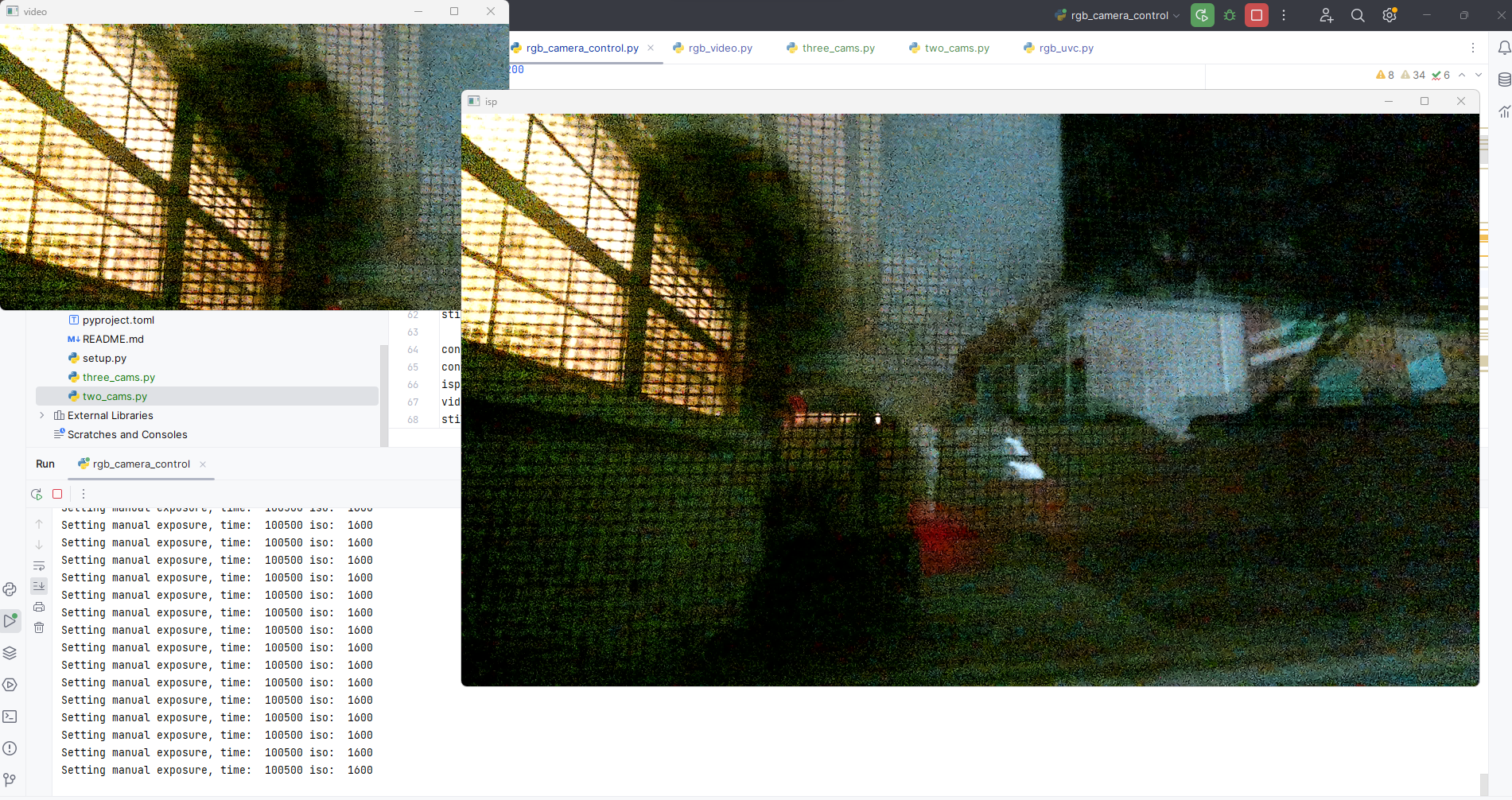
However, ISO seems to be very important for this exposure as ISO 100 yields:
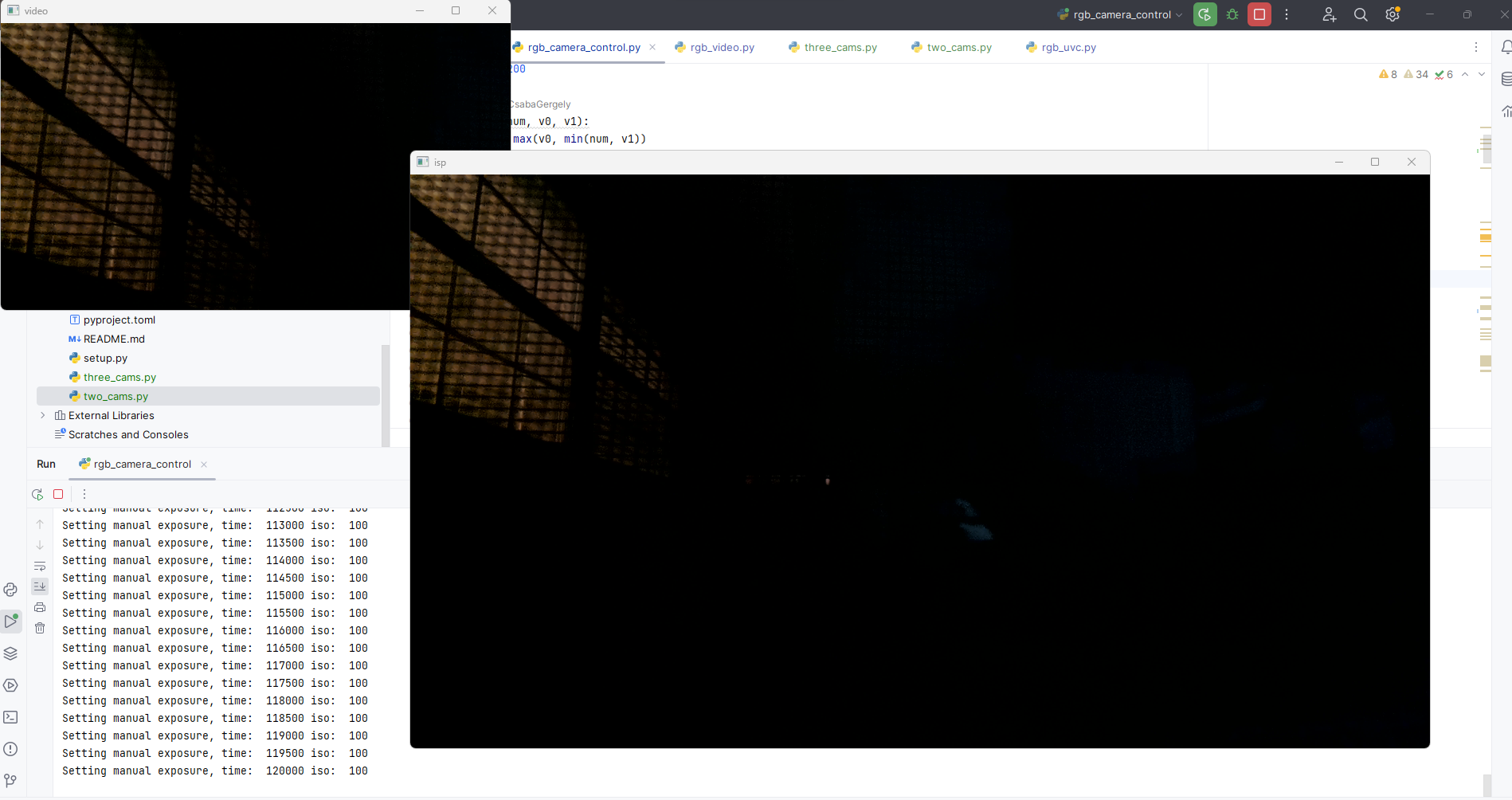
This was with FPS > 10. If I set the FPS very low (~1FPS), I can get much better:
With low ISO
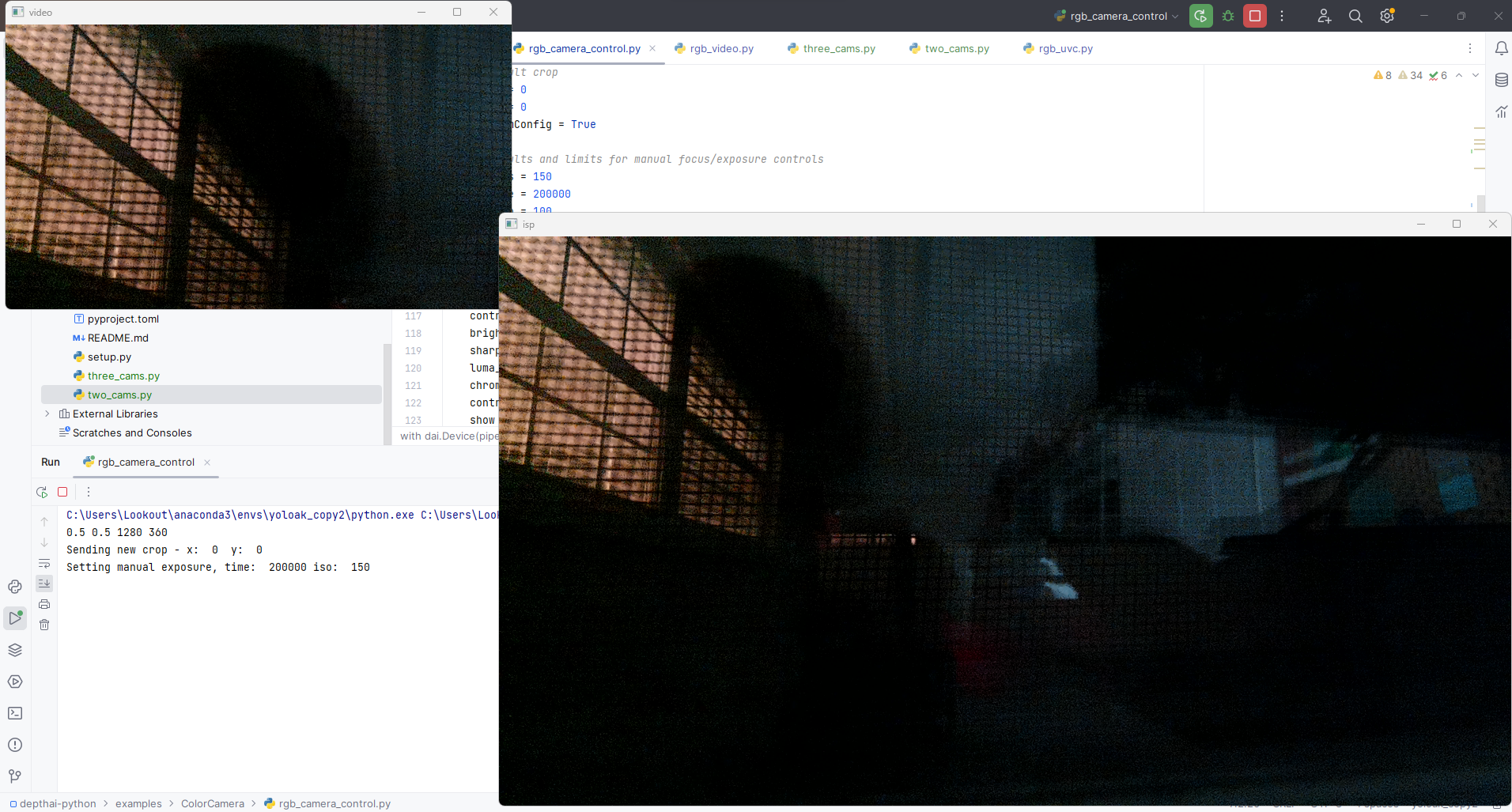
or high ISO
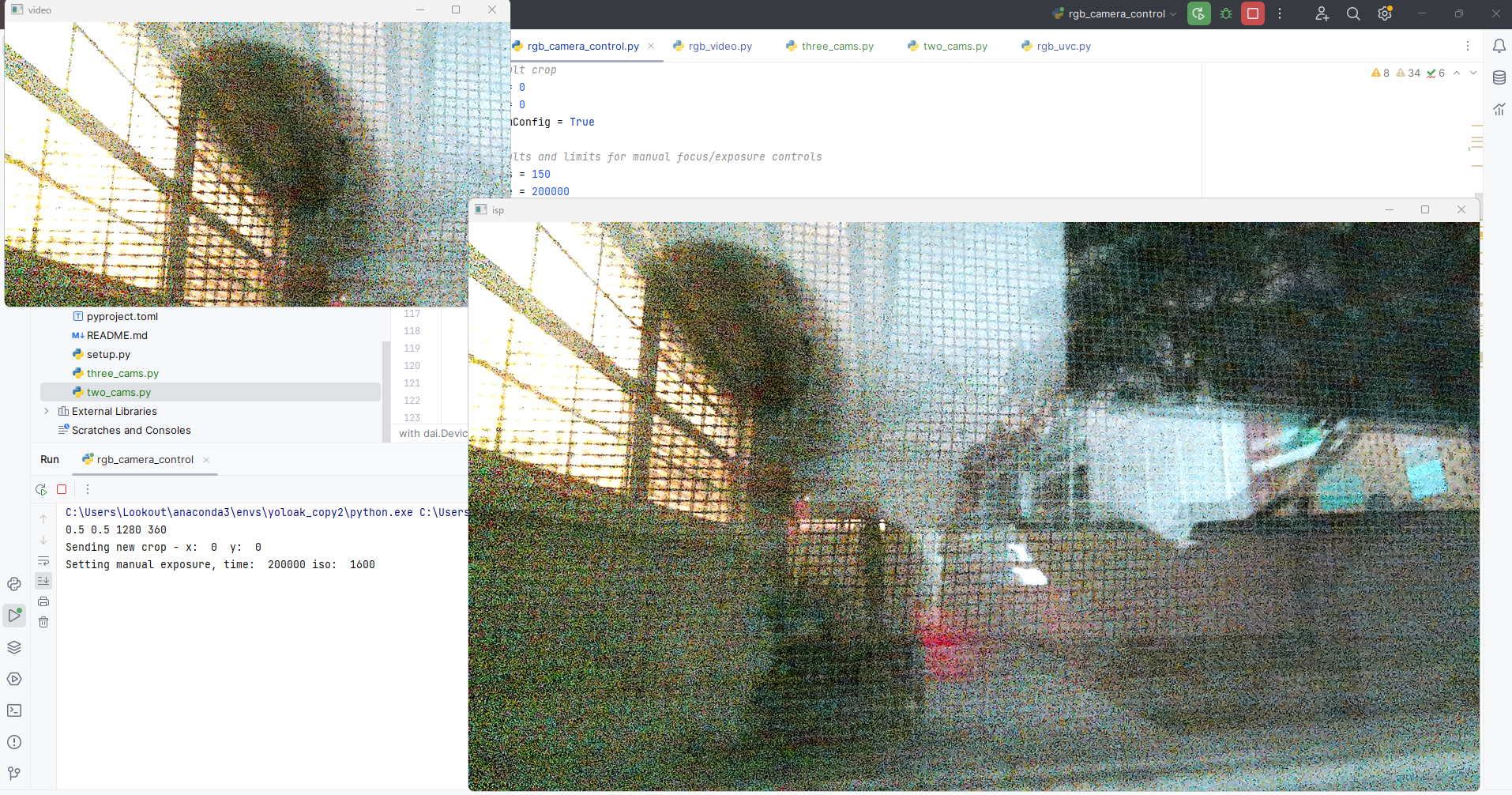
If I set a ridiculously high exposure (multiple seconds) and low FPS, I can get away with lower ISO:
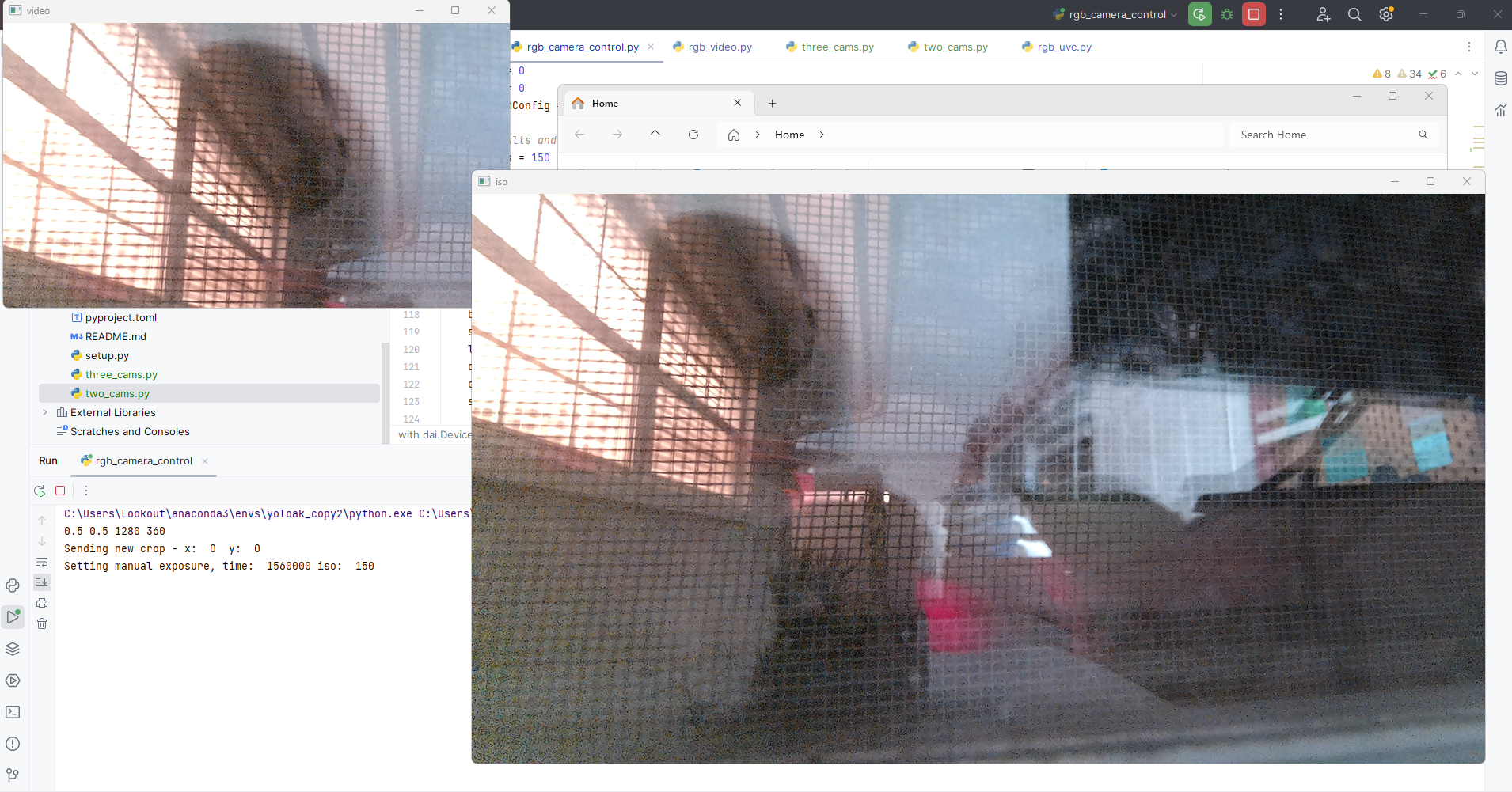
However, my use-case requires roughly real-time (>20 FPS), hence it's not really usable for these low-light conditions.
For comparison, the Sionyx yields this at night at 30 FPS.
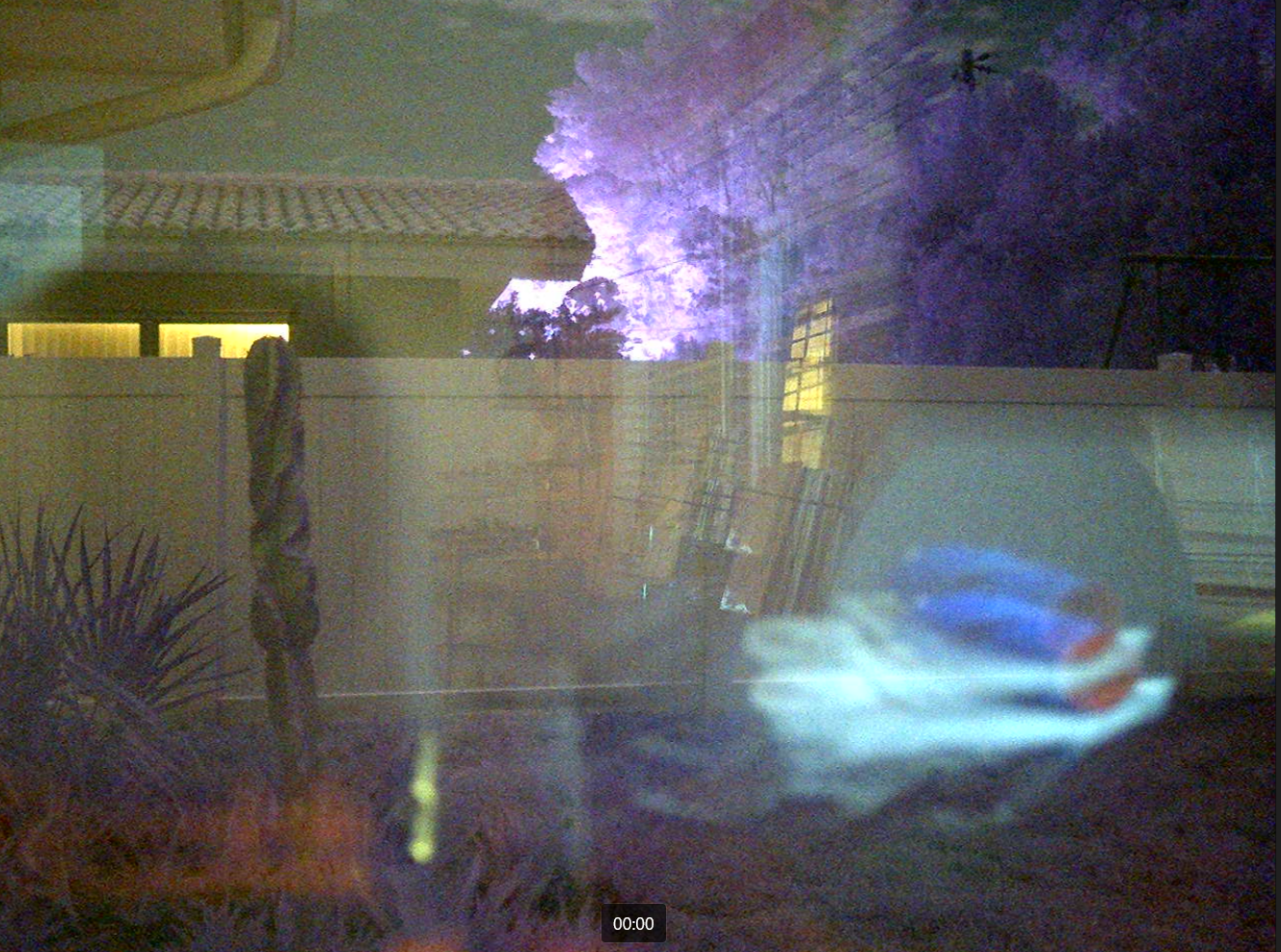
I wonder whether you think there is anything that can be done either on the firmware end or on my end. Probably a better lens would help, but is there anything else I'm missing? Or is this sensor just not good enough for these low-light conditions?
Thanks in any way!
PS.: I used rgb camera control.py with default setttings except for expsure, fps, ISO.